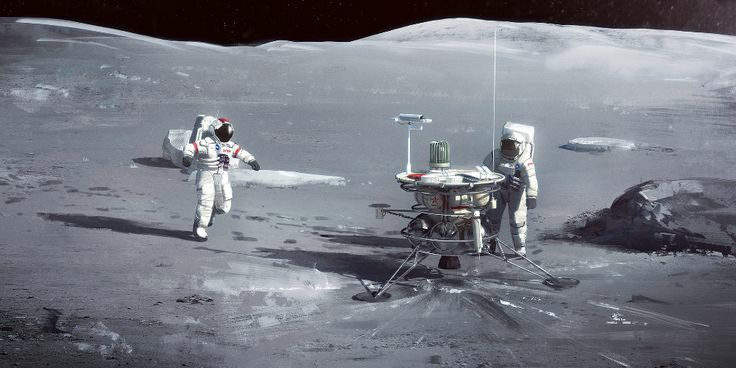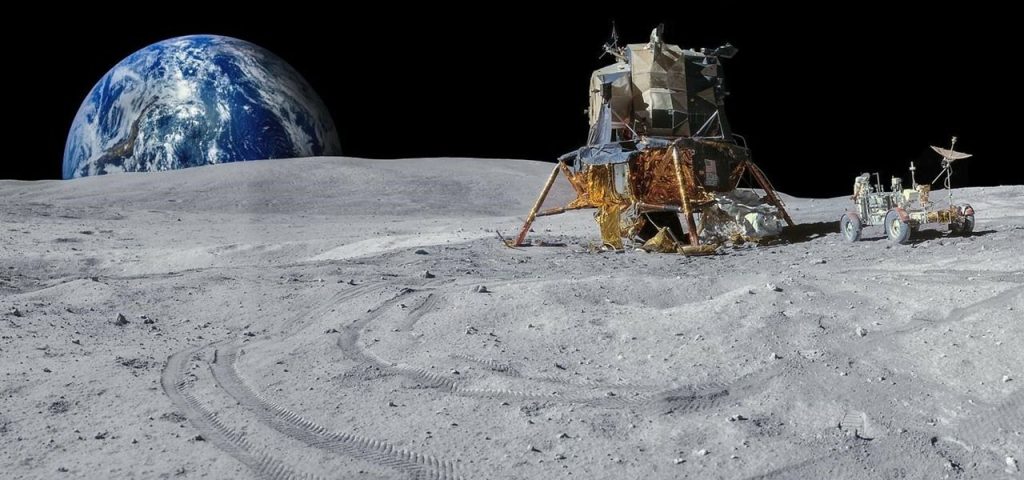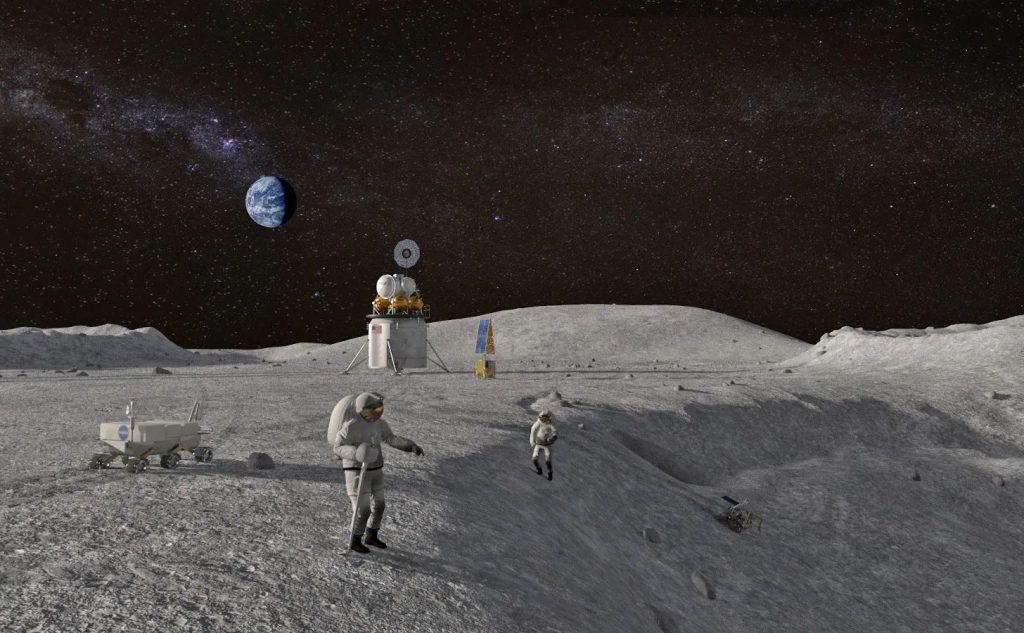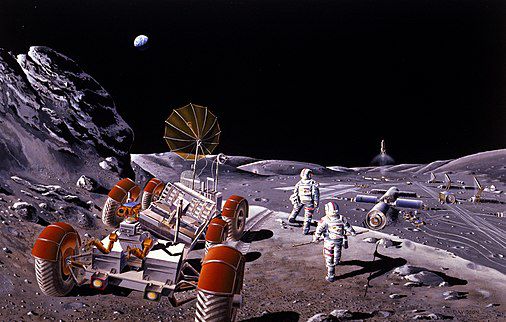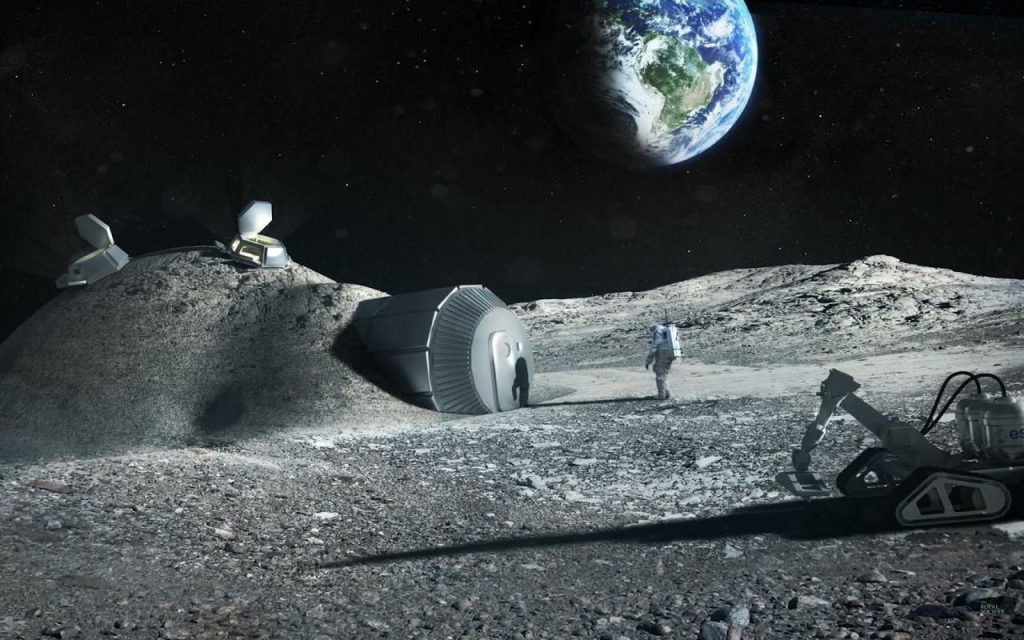Bringing The Dream Of “Living On The Moon” Closer To Reality
In recent years, the idea of living on the moon has captivated the imagination of people around the world. This long-held dream is no longer confined to the pages of science fiction novels or the realms of fantasy. With advancements in technology and the growing interest in space exploration, the dream of “living on the moon” is steadily inching closer to becoming a reality.
One of the most significant factors driving this ambition is the renewed focus on space exploration by various space agencies and private companies. NASA, for instance, has set its sights on returning astronauts to the lunar surface by 2024 through its Artemis program. This ambitious mission aims not only to establish a sustainable human presence on the moon but also to use it as a stepping stone for further exploration of Mars and beyond.
Furthermore, the emergence of private space companies, such as SpaceX and Blue Origin, has injected new life into the pursuit of lunar habitation. These companies, led by visionaries like Elon Musk and Jeff Bezos, are actively developing technologies to make living on the moon a reality. SpaceX, in particular, has unveiled plans for its Starship spacecraft, which has the potential to transport large numbers of people and cargo to the moon and other celestial bodies.
Advancements in lunar science and technology have also paved the way for lunar habitation. Over the past few decades, numerous lunar missions have provided us with valuable insights into the moon’s geology, resources, and potential for sustaining human life. This knowledge has fueled the development of innovative solutions for life support systems, radiation protection, and resource utilization, making the concept of living on the moon more feasible than ever before.
Moreover, international collaboration has played a crucial role in bringing the dream of lunar habitation closer to reality. Through initiatives like the International Space Station (ISS), countries have come together to share resources, expertise, and knowledge. This collaborative approach is expected to extend to future lunar missions, with international partners working together to establish a lunar outpost and facilitate long-duration stays on the moon.
The benefits of living on the moon are far-reaching. Apart from expanding human civilization beyond Earth, a lunar base could serve as a testing ground for technologies and processes that would be vital for deep space exploration. It could also unlock valuable resources, such as water ice, which could be used for life support systems and the production of rocket fuel. Furthermore, the moon’s unique environment offers scientists an opportunity to conduct groundbreaking research in fields like astronomy, geology, and human physiology.
While there are still numerous challenges to overcome before humans can establish a permanent presence on the moon, the progress made in recent years is undeniably impressive. With continued investment in space exploration, technological advancements, and international cooperation, the dream of “living on the moon” is gradually transforming into a tangible goal. As we push the boundaries of human exploration, we are inching closer to a future where our dreams of inhabiting other celestial bodies become a reality.
Hits: 12
